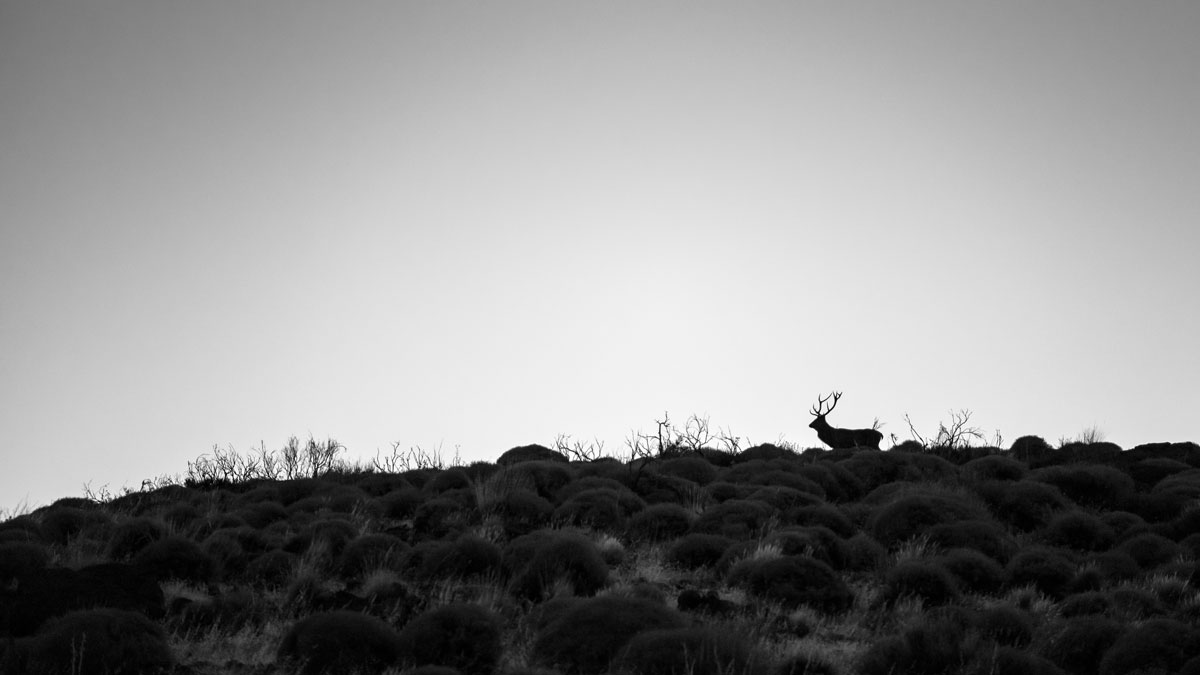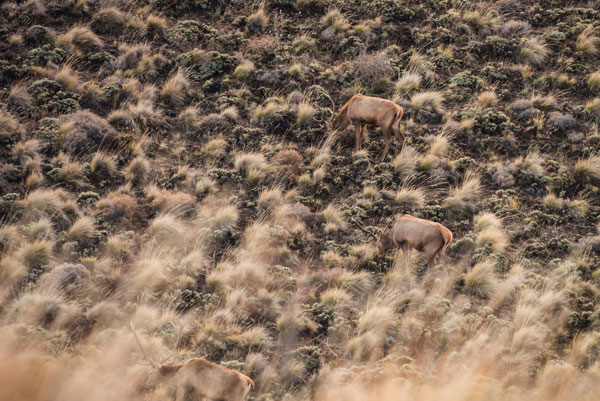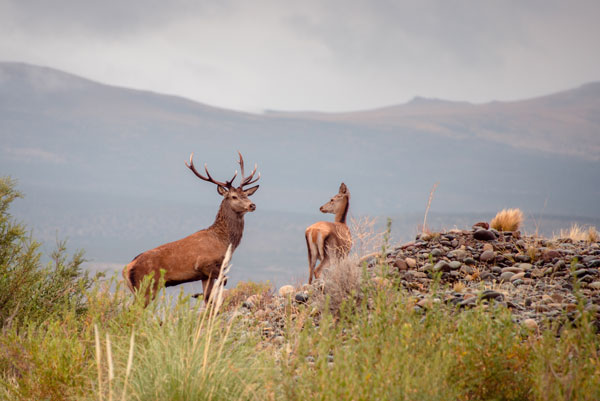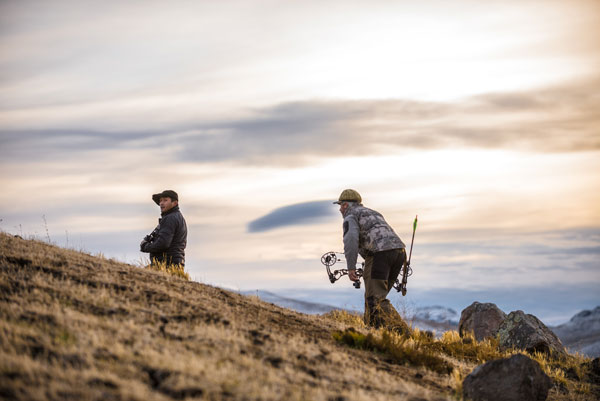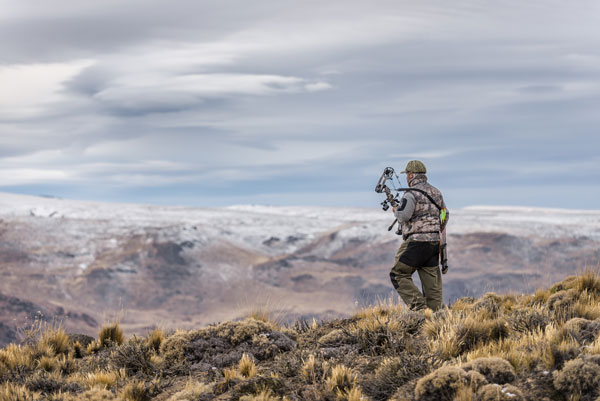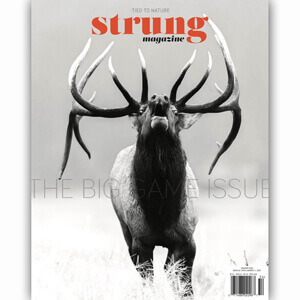Words by Gustavo Hiebaum Photos by Gonzalo Flego
The European red deer, popularly known as red stag, was introduced to Northern Patagonia over a hundred years ago. Bounded to the north by the town of Alumine, the south by the city of San Carlos de Bariloche, and east to west by the Andes range, red stag flourished in this untamed landscape where mountains, brilliant blue lakes and streams, glaciers, and volcanoes combine to form ideal red stag habitat. It is estimated there are more than 100,000 wild stag now roaming between the private ranches of the Patagonian steppe and the forested mountains of the Andes range. Today, Argentina and neighboring Chile have the largest herds of red stag in the world.
Known for its rich hunting culture and situated in the southern hemisphere, Argentina has become a destination for those who want to continue hunting during North America’s off-season. Of course, Argentina is also home to some of the best trout fishing in the world. Extra days on the back-end of successful hunts are often spent wading world-class rivers. Combined with the region’s reputation for incredible cuisine—a delicious blend of Italian, Spanish, and Native American influence—Argentina is a hunting and angling paradise.
Northern Patagonia remains one of the least populated areas in the world, with expansive views unspoiled by buildings, towns, or any evidence of human habitation. This wildness has been the perfect environment for red stag, but it has also made them extremely wary of any human presence. An intimate knowledge of the terrain and the animal is the key to success—stalking has become an art form unto itself.
The sprawling ranches of the Patagonian steppe have long been worked by Argentinian gauchos. Often multi-generational, the gauchos are born and raised on the lands they work. The land is vast and thus the overall cattle density is low, creating a sustainable habitat for both cattle and the wild stag that roam between public and private lands. In covering the wide swaths they manage, the gauchos have developed a keen sense of the stag populations and their behaviors. Naturally they have taken on the dual roles of gaucho and guide. In true Patagonian form, the gauchos, who have perfected the art of raising cattle on vast tracts of varied land, have also perfected the art of spot-and-stalk hunting.
During the rut, red stag emit a low and deep roar (called a brama in Argentina) that gaucho guides use to identify a buck’s location. Unlike elk, however, red stag don’t respond to a human-made call. So a hunter must have an exacting knowledge of the terrain and the stag’s pattern of movement to be successful. Cue the gaucho guide.
There are now two distinct populations of stag, owing to dramatic differences in the geography they inhabit. The subantarctic forest of the Northern Patagonia lakes district is densely forested with an ecosystem akin to cold rainforest. The deer that inhabit the national forests are lonesome and reclusive; they grow old with large heavy bodies and nearly black antlers as a result of lower population density, a lack of natural predators, and more nutritious food sources. Hunting for these stag is not for the faint of heart; anticipate long hikes, high-elevation camps, and long periods without seeing a stag. When you do find a buck, it will be a trophy.
By contrast, the Patagonian steppe presents an extreme desert climate and ecosystem. The herds of the steppe and the transition zones are in a less nutrient-rich environment, with easier terrain and grassy wetlands. The herds are larger but the deer smaller in size and lighter in color. In many locations you will find a mixture of characteristics, meaning each micro-region has its own unique stag population.
Though genetically identical to the European red deer originally brought to Northern Patagonia, Argentinian red stag exhibit distinct adaptations that have occurred over the better part of a century, making them uniquely Patagonian—not unlike the gauchos who hunt them. And therein lies the life-changing opportunity afforded by international hunting: The people you meet, the cuisine you experience, and the history and cultures you learn about are every bit as captivating as the wildlife you encounter.
SUBSCRIBE TO STRUNG MAGAZINE

